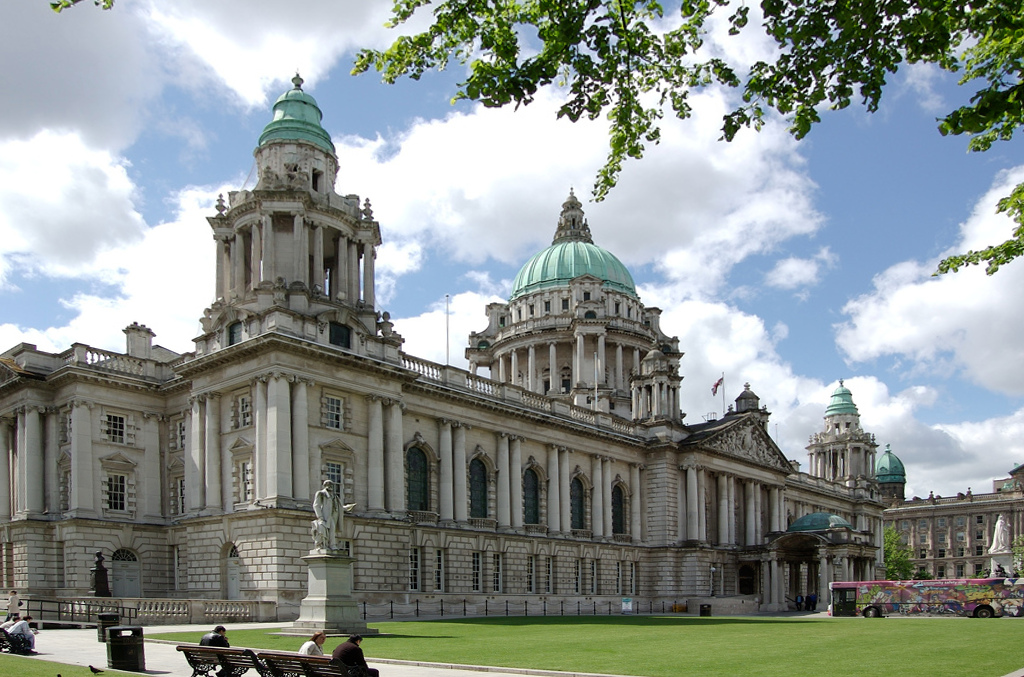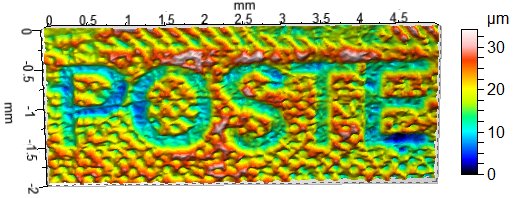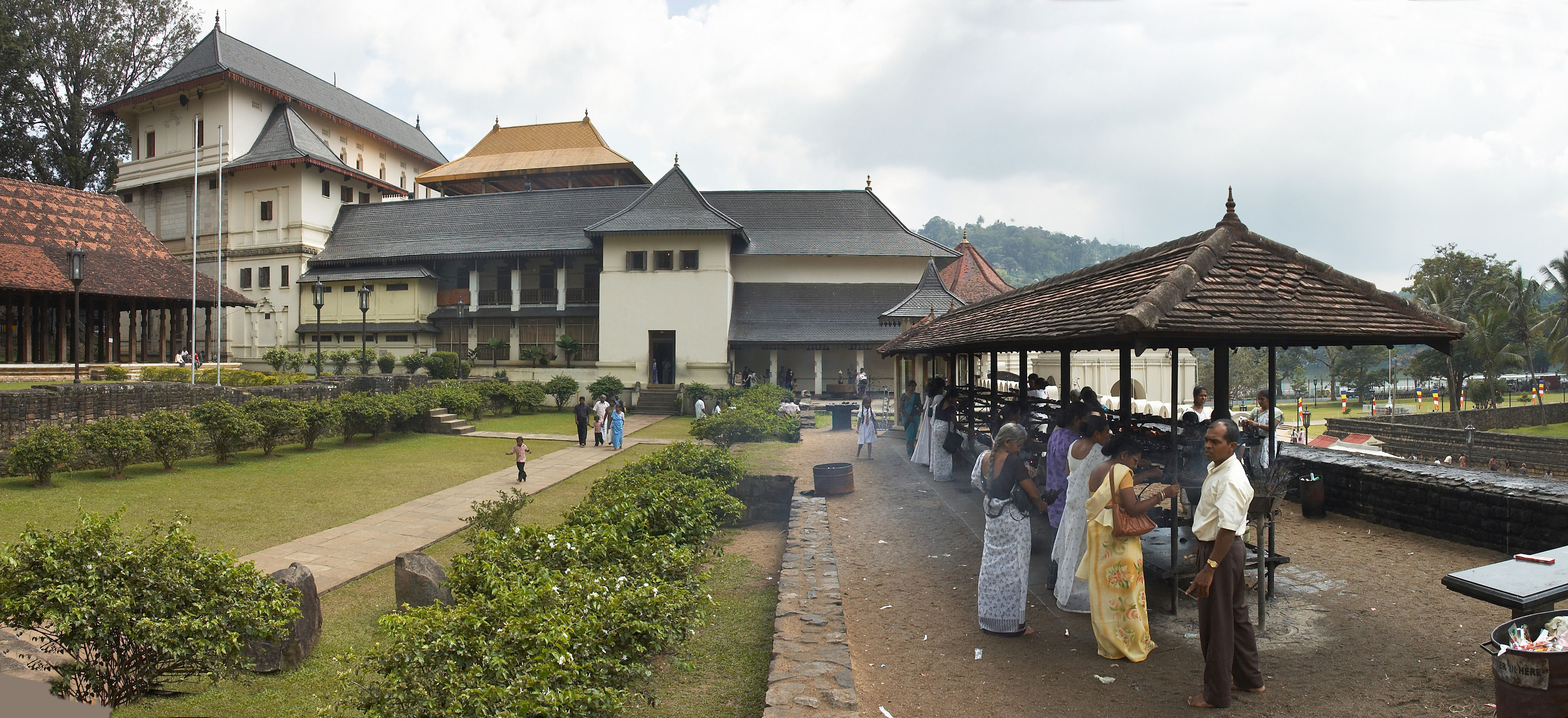|
General Post Office, Colombo
The former Colombo General Post Office (abbreviated: GPO), at 17 Janadhipathi Mawatha, Colombo Fort, was the headquarters of the Sri Lanka Post and the office of the Postmaster General for over one hundred years, from 1895 until 2000. History The first permanent post office in the country was established by the British in Colombo in 1882, when the country was a crown colony. It was housed in several different locations until the construction of the General Post Office building at 17 Kings Street (now known as Janadhipathi Mawatha), Colombo Fort, opposite the-then Governor's residence at King's House (now the President's House) in 1895. The site, bounded by Kings Street, Prince Street (now Srimath Baron Jayathilake), Baille Street (now Mudalige Mawatha), was a former rock quarry. The building was designed by Herbert Frederick Tomalin of the Public Works Department and built by Arasi Marikar Wapchi Marikar. Tomalin (1852–1944) was an English engineer/architect, who migrated ... [...More Info...] [...Related Items...] OR: [Wikipedia] [Google] [Baidu] |
Edwardian Architecture
Edwardian architecture usually refers to a Baroque Revival architecture, Neo-Baroque architectural style that was popular for public buildings in the British Empire during the Edwardian era (1901–1910). Architecture up to 1914 is commonly included in this style. It can also be used to mean various styles in middle-class housing, including relaxed versions of Arts and Crafts architecture. Description Edwardian architecture is generally less ornate than high or late Victorian architecture, apart from a subset – used for major buildings – known as Edwardian Baroque architecture. The Victorian Society campaigns to preserve architecture built between 1837 and 1914, and so includes Edwardian as well as Victorian architecture within its remit. Characteristics The characteristic features of the Edwardian Baroque style were drawn from two main sources: the architecture of France during the 18th century and that of Sir Christopher Wren in England during the 17th—part of the E ... [...More Info...] [...Related Items...] OR: [Wikipedia] [Google] [Baidu] |
Old Colombo Lighthouse
Old Colombo Lighthouse or Colombo Fort Clock Tower is a clock tower and was a lighthouse in Colombo. The lighthouse is no longer operational, but the tower remains and functions as a clock tower. It is located at the junction of Chatham Street and Janadhipathi Mawatha (formerly Queens Road) in Colombo fort. History The tower was constructed as a clock tower in 1856-57 and completed on the 25 February 1857. The tower was designed by Emily Elizabeth Ward, the wife of Governors of British Ceylon, Governor Henry George Ward, Sir Henry George Ward (1797 – 1860). The construction was undertaken by the Public Works Department, under the supervision of Mr John Flemming Churchill (Director General of Public Works). The tower was the tallest structure in Colombo at that time. The original clock was commissioned for £1,200 in 1814 by the then Governor Robert Brownrigg, Sir Robert Brownrigg (1759 – 1833) but was kept in a warehouse, due to economic reasons, until 1857 when it was final ... [...More Info...] [...Related Items...] OR: [Wikipedia] [Google] [Baidu] |
Stairs
Stairs are a structure designed to bridge a large vertical direction, vertical distance between lower and higher levels by dividing it into smaller vertical distances. This is achieved as a diagonal series of horizontal platforms called steps which enable passage to the other level by Walking, stepping from one to another step in turn. Steps are very typically rectangular. Stairs may be straight, curved, or may consist of two or more straight pieces connected at angles. Types of stairs include staircases (also called stairways) and escalators. Some alternatives to stairs are elevators (also called lifts), stairlifts, inclined moving walkways, ladders, and ramps. A stairwell is a vertical shaft or opening that contains a staircase. A flight (of stairs) is an inclined part of a staircase consisting of steps (and their lateral supports if supports are separate from steps). History ''This is an excerpt from Staircase.'' The concept of stairs is believed to be 8000 years old, and is ... [...More Info...] [...Related Items...] OR: [Wikipedia] [Google] [Baidu] |
Intaglio (printmaking)
Intaglio ( ; ) is the family of printing and printmaking techniques in which the image is incised into a surface and the incised line or sunken area holds the ink. It is the direct opposite of a relief print where the parts of the matrix that make the image stand ''above'' the main surface. Normally copper, or in recent times zinc, sheets called plates are used as a surface or matrix, and the incisions are created by etching, engraving, drypoint, aquatint or mezzotint, often in combination. Collagraphs may also be printed as intaglio plates. After the decline of the main relief technique of woodcut around 1550, the intaglio techniques dominated both artistic printmaking as well as most types of illustration and popular prints until the mid 19th century. The word "intaglio" describes prints created from plates where the ink-bearing regions are recessed beneath the plate's surface. Though brass, zinc, and other materials are occasionally utilized, copper is the most commo ... [...More Info...] [...Related Items...] OR: [Wikipedia] [Google] [Baidu] |
The Sunday Times (Sri Lanka)
''The Sunday Times'' is a weekly Sri Lankan broadsheet initially published by the now defunct Times Group, until 1991, when it was taken over by Wijeya Newspapers. The paper features articles of journalists such as defence columnist Iqbal Athas and Ameen Izzadeen. The daily counterpart of the Sri Lankan ''Sunday Times'' is the ''Daily Mirror''. History The first ''Times'' newspaper, '' Ceylon Times'' was established in 1846. The Times of Ceylon Ltd, which existed for 131 years, was taken over by the Sri Lankan government in 1977. Ranjith Wijewardena, the son of D. R. Wijewardena, and the chairman of Wijeya Newspapers Ltd, purchased the company which was under liquidation, in 1986. However, the newspaper ''The Sunday Times'' came into being in 1991. See also *List of newspapers in Sri Lanka The List of newspapers in Sri Lanka lists every daily and non-daily news publication currently operating in Sri Lanka. The list includes information on whether it is distributed daily or ... [...More Info...] [...Related Items...] OR: [Wikipedia] [Google] [Baidu] |
Corinthian Order
The Corinthian order (, ''Korinthiakós rythmós''; ) is the last developed and most ornate of the three principal classical orders of Ancient Greek architecture and Ancient Roman architecture, Roman architecture. The other two are the Doric order, which was the earliest, followed by the Ionic order. In Ancient Greek architecture, the Corinthian order follows the Ionic in almost all respects, other than the capitals of the columns, though this changed in Roman architecture. A Corinthian capital may be seen as an enriched development of the Ionic capital, though one may have to look closely at a Corinthian capital to see the Ionic volutes ("helices"), at the corners, perhaps reduced in size and importance, scrolling out above the two ranks of Acanthus (ornament), stylized acanthus leaves and stalks ("cauliculi" or ''caulicoles''), eight in all, and to notice that smaller volutes scroll inwards to meet each other on each side. The leaves may be quite stiff, schematic and dry, or t ... [...More Info...] [...Related Items...] OR: [Wikipedia] [Google] [Baidu] |
Ionic Order
The Ionic order is one of the three canonic classical order, orders of classical architecture, the other two being the Doric order, Doric and the Corinthian order, Corinthian. There are two lesser orders: the Tuscan order, Tuscan (a plainer Doric), and the rich variant of Corinthian called the composite order. Of the three classical canonic orders, the Corinthian order has the narrowest columns, followed by the Ionic order, with the Doric order having the widest columns. The Ionic capital is characterized by the use of volutes. Ionic columns normally stand on a base which separates the shaft of the column from the stylobate or platform while the cap is usually enriched with egg-and-dart. The ancient architect and architectural historian Vitruvius associates the Ionic with feminine proportions (the Doric representing the masculine). Description Capital The major features of the Ionic order are the volutes of its capital (architecture), capital, which have been the subject of mu ... [...More Info...] [...Related Items...] OR: [Wikipedia] [Google] [Baidu] |
Doric Order
The Doric order is one of the three orders of ancient Greek and later Roman architecture; the other two canonical orders were the Ionic and the Corinthian. The Doric is most easily recognized by the simple circular capitals at the top of the columns. Originating in the western Doric region of Greece, it is the earliest and, in its essence, the simplest of the orders, though still with complex details in the entablature above. The Greek Doric column was fluted, and had no base, dropping straight into the stylobate or platform on which the temple or other building stood. The capital was a simple circular form, with some mouldings, under a square cushion that is very wide in early versions, but later more restrained. Above a plain architrave, the complexity comes in the frieze, where the two features originally unique to the Doric, the triglyph and gutta, are skeuomorphic memories of the beams and retaining pegs of the wooden constructions that preceded stone Doric tem ... [...More Info...] [...Related Items...] OR: [Wikipedia] [Google] [Baidu] |
Architecture Of Sri Lanka
The architecture of Sri Lanka displays a rich variety of architectural forms and styles. Shaivism has had a significant influence on early Sri Lankan architecture, during the reign of King Ravana, then Buddhism has also had a significant influence on Sri Lankan architecture, since it was introduced to the island in the 3rd century BCE. Traditionally, Indian and Chinese architecture have been the most significant forms of foreign influence on Sri Lankan architecture and both have played a prominent role in shaping it. Architectural influences from Southeast Asia have also influenced the development of Sri Lankan architecture and vice versa. Techniques and styles developed in Europe, transported to the country via colonialism, also played a major role in the architecture of Sri Lanka later on. Many buildings survive from the Dutch and British period of occupation. Ancient architecture Cave temples The earliest evidence of cave temples is found in the temple complexes of Mi ... [...More Info...] [...Related Items...] OR: [Wikipedia] [Google] [Baidu] |
Ratnapura
Ratnapura (, ; , ) ("City of Gems" in Sinhala and Tamil) is a major city in Sri Lanka. It is the capital city of Sabaragamuwa Province, as well as the Ratnapura District, and is a traditional centre for the Sri Lankan gem trade. It is located on the Kalu Ganga (Black River) in south-central Sri Lanka, some southeast of the country's capital, Colombo. Ratnapura is also spelled as Rathnapura. The name 'Ratnapura' is a Sanskrit word meaning "city of gems", from the Sanskrit words ''pura'' (town) and ''ratna'' (gemstone). Over 2000 years ago, when the first Buddhist monks arrived here from the north eastern provinces of India namely Bodh-Gaya, Varanasi and Pataliputra, they not only brought with them the Buddhist religion, but since their teachings were mainly in Sanskrit and Pali they also influenced the local language. While candy produced from the jaggery palm is traditionally known in this region as ''ratnapura'', it is more likely that the candy was named for the locale ... [...More Info...] [...Related Items...] OR: [Wikipedia] [Google] [Baidu] |
Walker Sons And Company
Walker Sons and Company was an engineering firm established in Kandy in 1854 by a Scottish engineer, John Walker, as ''John Walker and Co''. It was the seventh oldest operating company in Sri Lanka. Today, the name operates as an investment holding company under the umbrella of the MTD Walkers group, but ceased operations in its original form in the 1980s. John Walker was born 24 August 1819 in Doune, Scotland the seventh child of James Walker, a cobbler, and Christina née Strang. He attended school in Deanston and was apprenticed in the engineering shop of Deanston cotton mill, operated by James Finlay and Company. In 1842 he travelled to Ceylon to work as an engineer for Wilson, Ritchie and Co. Over the next 12 years Walker worked as an engineer for a number of firms in Ceylon before returning to Scotland in 1854. In Scotland Walker met up with William Turner, an engineer whom he had known in Ceylon, who encouraged him to return to Ceylon to work with his engineering busin ... [...More Info...] [...Related Items...] OR: [Wikipedia] [Google] [Baidu] |







